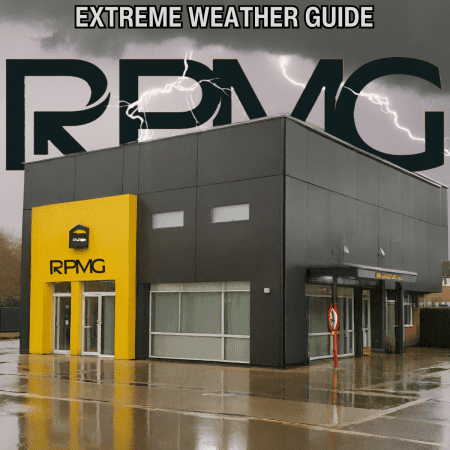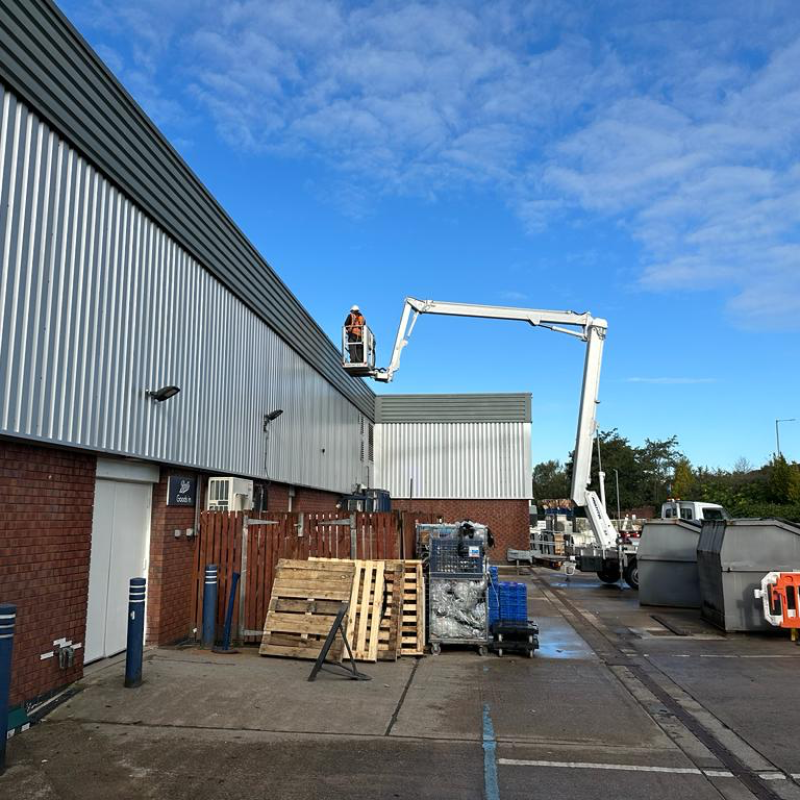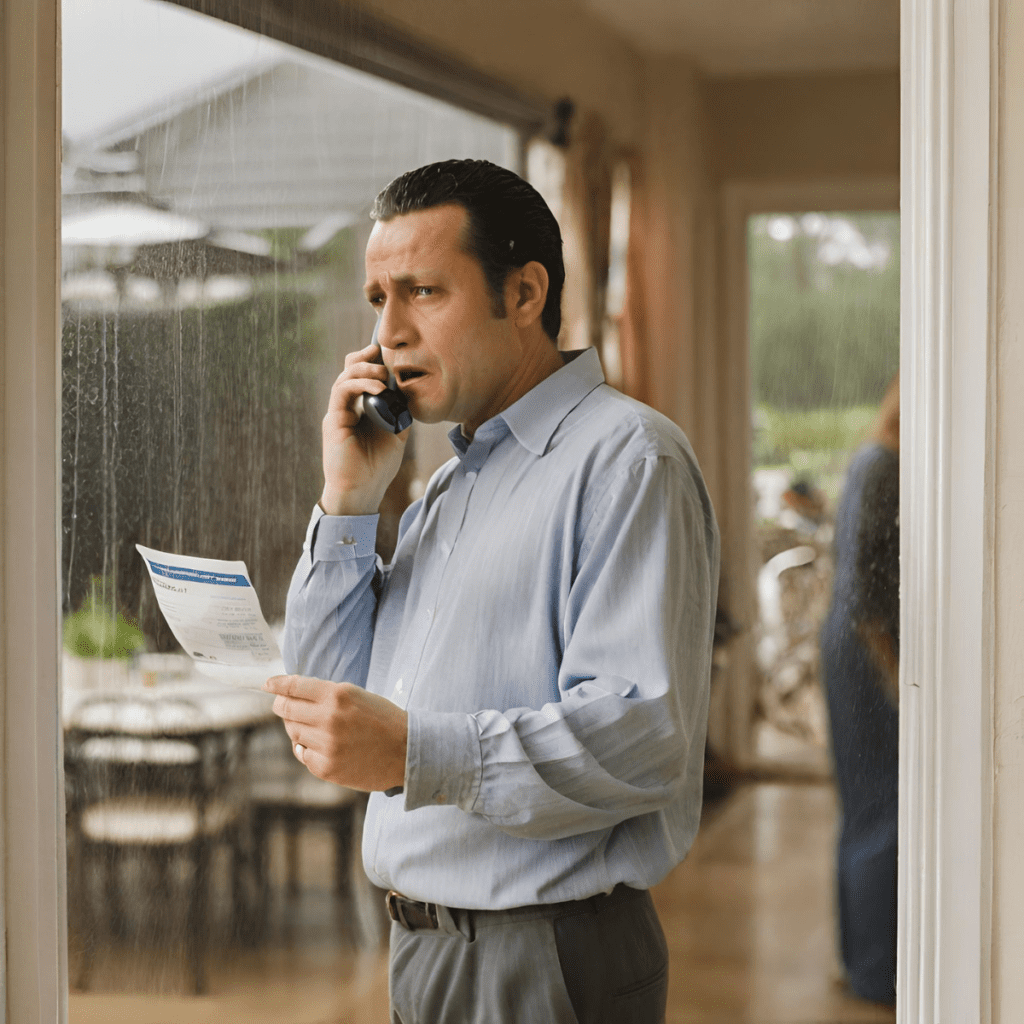rpmg's extreme weather
survival guide
1 October 2023
As storm Agnes makes waves, around the UK, it’s clear she’s a force to be reckoned with…
With wind speeds of up to 80MPH, it’s clear significant damage could be caused nationwide, particularly in our home region, the North West.

Did you know?
Last year, storms Dudley, Eunice, and Franklin were the cause of 170,000 insurance claims for property damage. Alongside this, insurers paid £473M to support their customers, with an expectation to pay a further £219M in subsidence claims.
With the extreme weather in mind, we recognised the importance of educating our audience about the dangers of extreme weather to your property, and your business.
So please, continue reading this article and find out what you can do to protect what’s important to you whilst Agnes blows over.
What Qualifies as a Storm?
ABI defines a storm as, a period of violent weather which may consist of:
Wind speeds with gusts of at least 48 knots (55mph). *
Torrential rainfall at a rate of at least 25mm per hour.
Snow to a depth of at least one foot (30 cm) in 24 hours.
Hail of such intensity that it causes damage to hard surfaces or breaks glass.
*Equivalent to Storm Force 10 on the Beaufort Scale.
What are the causes of property damage during a storm?
As you can imagine, a significant amount of damage during storms is caused because of properties being left to fend for themselves with little to no property maintenance.
Property owners should always try to remain proactive with their approach to looking after their property by making sure any niggling issues, such as loose tiles, or gutters, are secured.
To ensure you are prepared, you can also…
- Ensure emergency contact numbers (insurers, local authority, and utility companies), are on hand and kept in a safe place, where they cannot be damaged by the extreme weather.
- Make sure any loose pieces of equipment, such as chairs, tables or ladders, company signs, outdoor seats, and anything that’s not fixed to the floor, are fixed down to ensure they do not cause damage.
- Listen out for bad weather warnings.
- Keep all external doors, windows, and gates securely closed.
- Secure all fences and fence posts and remove or secure all outdoor furniture/displays.
- Make sure staff vehicles or company cars or vans are parked away from any trees and are in a safe area.

For flooding…
- If you live in an area prone to flooding, keep sandbags on hand to block any areas where water could enter your business premises, such as doors, windows, and air bricks.
- Move items of high importance to your business, such as stock, or computer equipment, as high as possible to limit the damage that can be done to your business.
- Unplug all electrical appliances, turn off your gas, electricity, and water supplies, and never enter any standing water if the electricity is still on, or even if you’re unsure.
If the worst happens…
Although no one wants to think about this, you must be prepared for the worst to ensure you receive as much support as possible to get your business back on its feet. So as soon as possible…
- Safety is the number one priority: Only return to your home or business after a storm when it is safe to do so.
- Get help: Contact your property insurer as soon as possible. Most will have 24-hour emergency helplines, which can give advice on the next steps and arrange repairs as quickly as possible.
- Keep your damaged goods: Unless they are a danger to health, as these may be able to be repaired or restored. Your insurer will advise.
- Wait to redecorate: It can take weeks, sometimes months for a property to fully dry out so do not be in a rush to redecorate. Your insurer can give you advice.
- Keep your receipts: If emergency repairs are essential, don’t let them get worse, and make sure you contact a professional immediately. However, keep your receipts and inform your insurer to ensure you get back what you’re owed in your claim.



